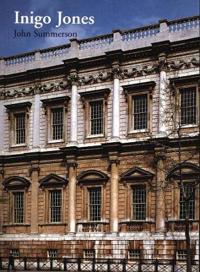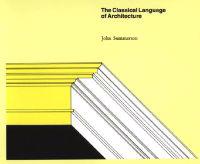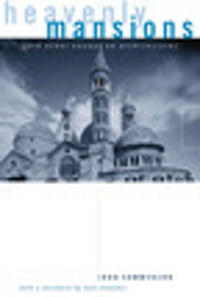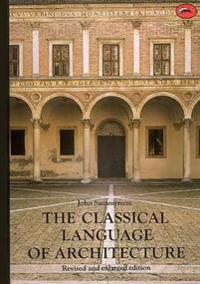Inigo Jones (Pocket)
avJohn Summerson, Howard (FRW) Colvin, John (FRW) Summerson
ISBN: 9780300082449 - UTGIVEN: 2000-07Inigo Jones, the first English classical architect, was famous in his own time and was the posthumous sponsor of the Palladian movement of the eighteenth century. This authoritative and elegantly written book, first published in 1966, reassessed Jones's life and career, cleared away the myths of att[...]
The Classical Language of Architecture (Häftad)
avJohn Summerson
ISBN: 9780262690126 - UTGIVEN: 196601Classical architecture is a visual "language" and like any other language has its own grammatical rules. Classical buildings as widely spaced in time as a Roman temple, an Italian Renaissance palace and a Regency house all show an awareness of these rules even if they vary them, break them or poetic[...]
Georgian London (Pocket)
avJohn Summerson, Howard Montagu Colvin
ISBN: 9780300089882 - UTGIVEN: 2003-07-01Heavenly Mansions (Inbunden)
avJohn Summerson
ISBN: 9780393318579 - UTGIVEN: 1998-11A classic of architectural history and theory, "Heavenly Mansions" interprets architecture as a reflection of the age in which it flowers. It traces the alternating themes of fantasy and functionalism as exemplified in various styles and in the works of a number of influential men, including Sir Chr[...]
The Classical Language of Architecture (Häftad)
avJohn Summerson
ISBN: 9780500201770 - UTGIVEN: 198006Architecture in Britain 1530 to 1830 (Pocket)
avJohn Newenham Summerson
ISBN: 9780300058864 - UTGIVEN: 1993-10-20The author charts the development of architectural theory and practice from Elizabeth I to George IV. Questions of style, technology, and the social framework are resolved as separable but always essential components of the building worlds.[...]








